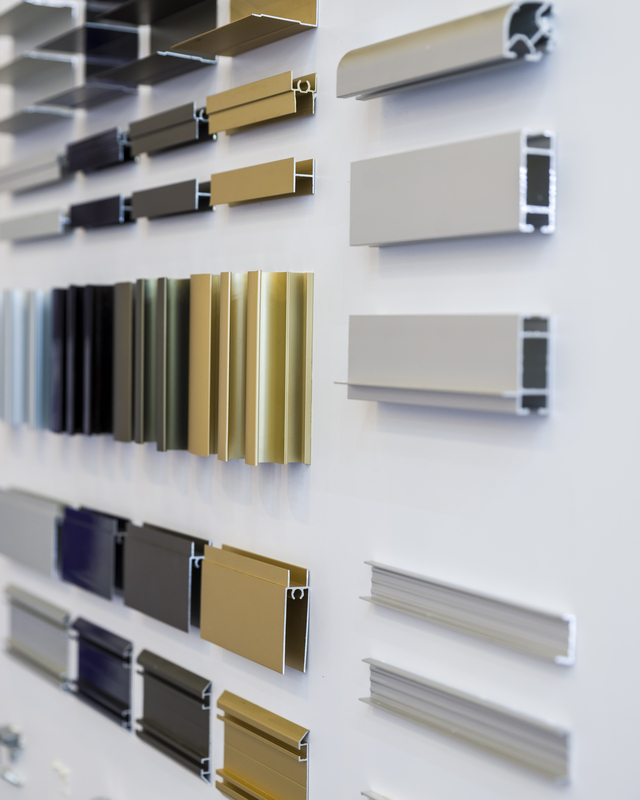
As we all know, different projects require different tools and materials to be properly executed. Aluminum is one of the most popular materials in various industries thanks to its lightness, malleability, durability, and versatility. Because of its wide range of applications, there are a wide variety of profiles produced using aluminum extrusion machines.
In order to achieve the best results for your project then you need to select the appropriate cross-sectional profile. In this post we will explore the different profiles available to choose from highlighting their characteristics, applications and their merits as well.
Let’s jump right in.

If you are looking for a profile to provide stable support for heavy loads then you can’t go wrong with square profile beams. You will encounter them widely used in load bearing walls, pillars and similar support structures. One of the reasons why they are so popular is the fact that they are significantly easier and faster to manufacture whether you choose to go with a seamless product.
In applications where impermeability is a priority, RCW profiles are highly desirable. You will find them installed in high rise buildings, especially in the mullions or curtain wall framings. Their main advantage is that they offer an excellent barrier against environmental elements that might otherwise find their way into the building’s interior. To optimize their effectiveness well, they are well paired with stronger materials.
While aluminum profiles are generally used in large scale applications, certain dimensions find useful places in smaller projects. SD profiles are renowned for their flexibility, light weight and resistance to corrosion which is why they are widely used in sliding window frames. They are durable and resistant to the various weather elements such as rain, heat, snow and dust.
These are the simplest profile designs available, basically constituted of a hollow beam with no cross-sectional complications. You can find them in a rectangular shape, square shape or one with a hollowed top or bottom.
In most cases they are used to provide the supporting frameworks of bridges, buildings and various industrial applications. Hollow beams are ideal for providing horizontal support for more heavy loads.
Louver profiles comprise horizontal aluminum slats placed at an angle at regular intervals. The effect is similar to traditional shutters or window blinds, the difference here being that they are much sturdier and resistant to outdoor elements.
They offer the dual advantage of protection while allowing the passage of natural light and fresh air into the building. In addition to this louver profile installations also afford a significant measure of privacy from potential prying eyes.
Most push doors constructed today make use of door section profiles, also known as ED profiles. They are particularly suited for heavy duty glass doors, most often found in commercial structures such as high-rise buildings.
Aluminum is a great choice for this application because of its ability to keep heavy glass panels in place while maintaining a pleasing aesthetic. When you choose aluminum here, you can rest assured that you’re safe from the risk of having the glass becoming dislodged and suddenly toppling over.
Shishan Production Base
Nonferrous Metal Industrial Park, Xiaotang, Shishan Town, Nanhai District, Foshan City, Guangdong Province
Gaobian production base
Gaobian Zhangbian Industrial Zone, Dali Guangyun Road, Nanhai District, Foshan City, Guangdong Province
Company summary: + 86-757-85558828
Fax: + 86-757-85550238